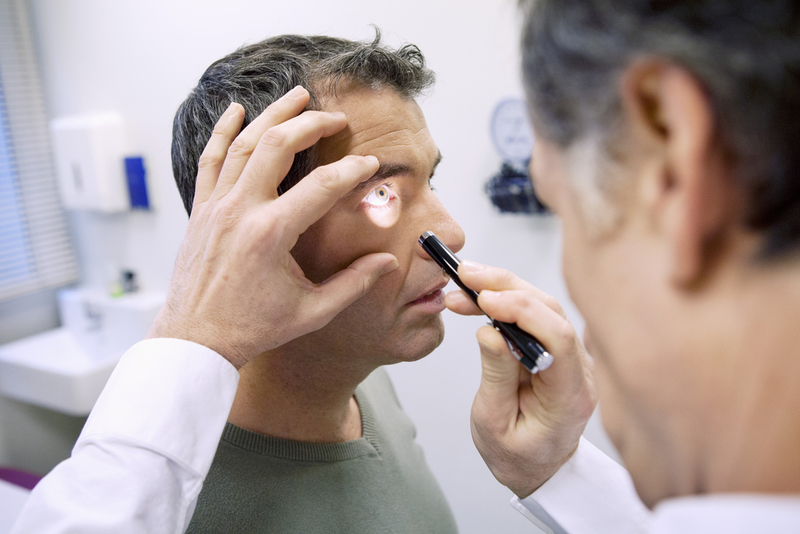Automated way to detect eye surface cancer developed
IANS Mar 25, 2019
Australian researchers have developed a new automated non-invasive technique for diagnosing eye surface cancer, offering the potential to reduce the need for biopsies, prevent therapy delays and make treatment far more effective for patients.

Eye surface cancer, also known as ocular surface squamous neoplasia or OSSN, is a common malignancy of the cornea and conjunctiva parts of the eye. The novel technique involves custom-building of an advanced imaging microscope linked with computing and Artificial Intelligence (AI) operations, Xinhua news agency reported.
It results in an automated system that is "able to successfully identify between diseased and non-diseased eye tissue, in real-time, through a simple scanning process". "Clinical symptoms of OSSN are known to be variable and in early stages can be extremely hard to detect, so patients may experience delays in treatment or be inaccurately diagnosed," said lead scientist Abbas Habibalahi at the Australian Research Council (ARC) Centre of Excellence for Nanoscale BioPhotonics.
Early detection of the condition is critical as it "supports simple and more curative treatments such as topical therapies whereas advanced lesions may require eye surgery or even removal of the eye, and also has the risk of mortality," he said. The new technique scans natural light given off by specific eye cells -- diseased cells -- that have their own unique "light-wave signature", which the researchers' special computational algorithm is able to identify to provide a "quick and efficient diagnosis", Habibalahi said in the paper published in The Ocular Surface journal.
"We will be able to confirm the disease straight away through a simple eye scan with no biopsy required and appropriate action can be quickly progressed by the specialist," he said.
-
Exclusive Write-ups & Webinars by KOLs
-
Daily Quiz by specialty
-
Paid Market Research Surveys
-
Case discussions, News & Journals' summaries